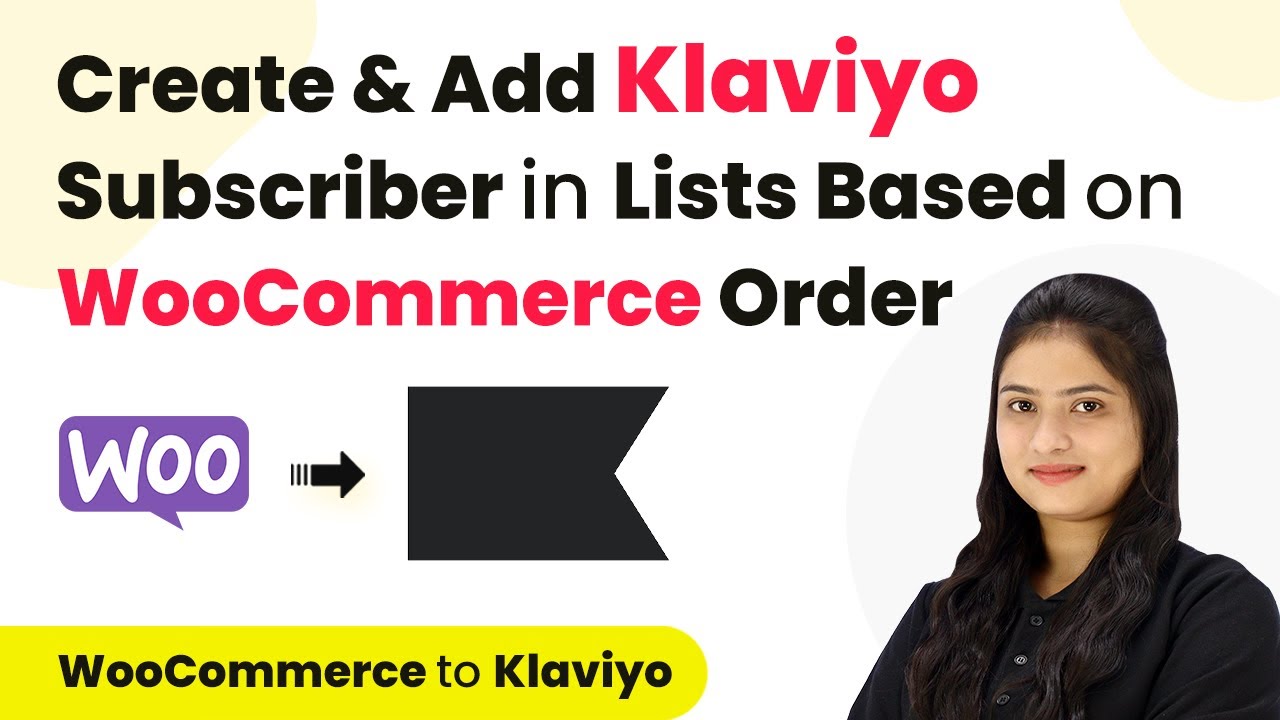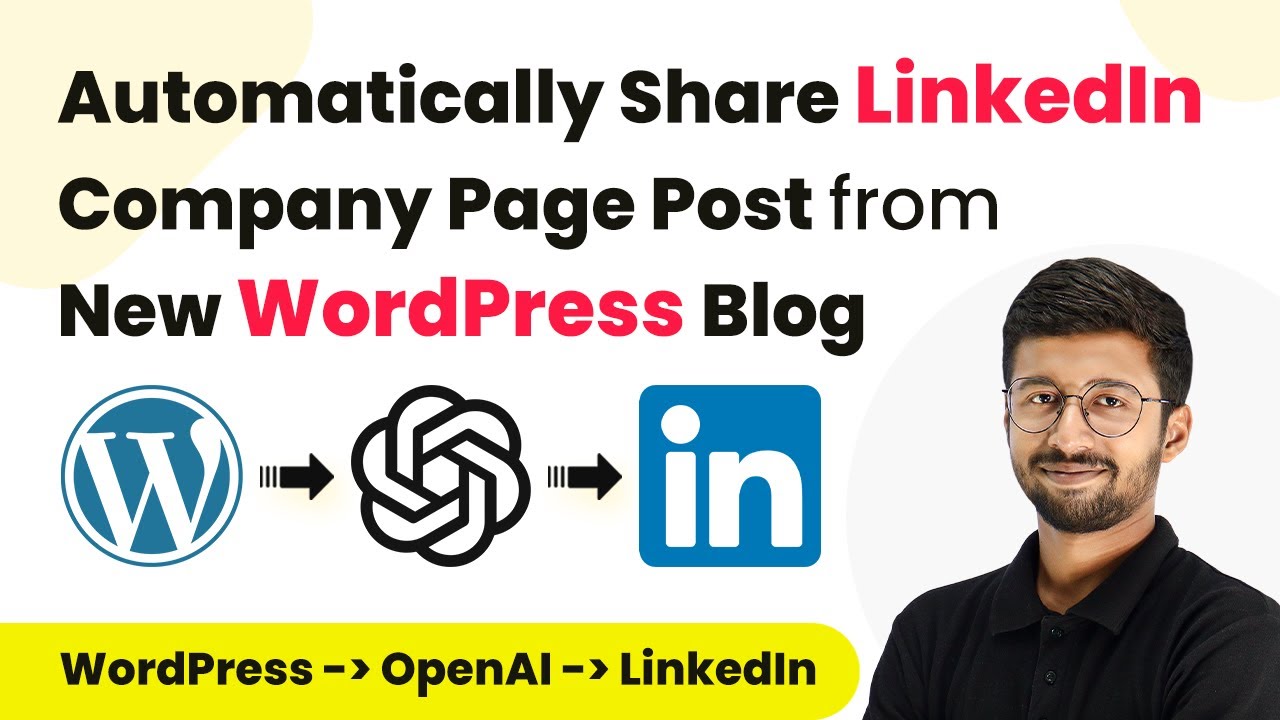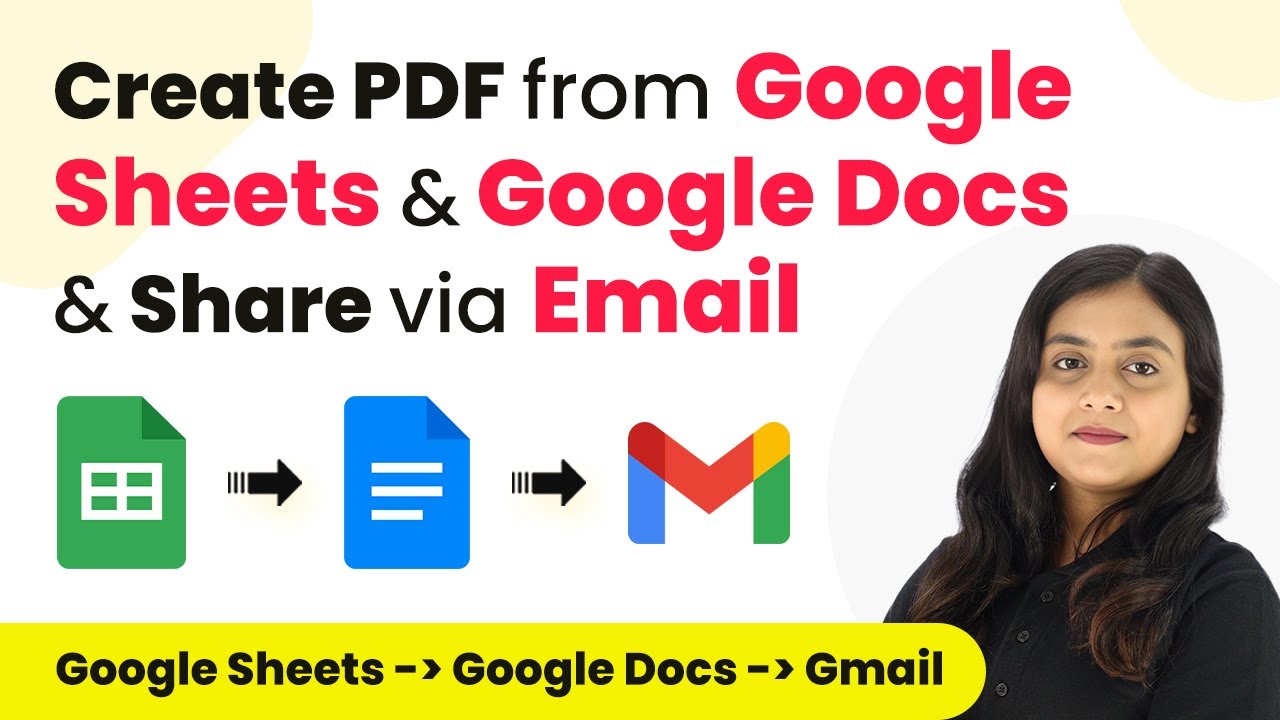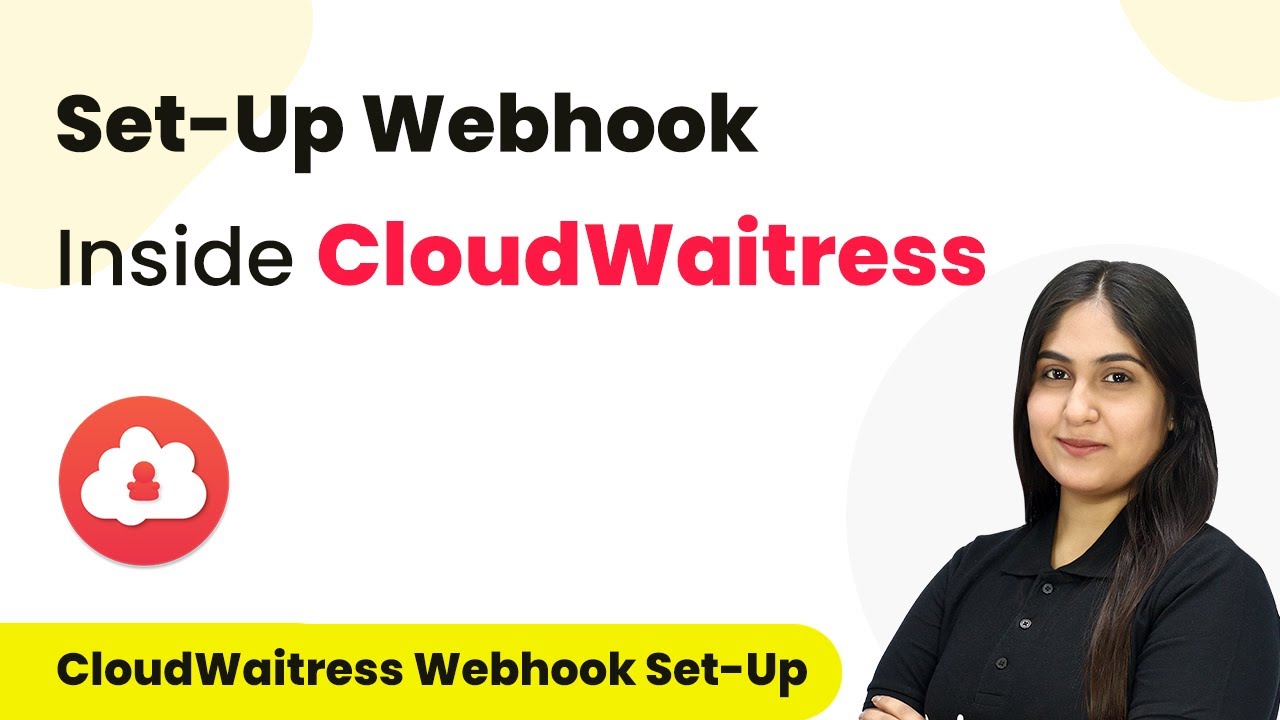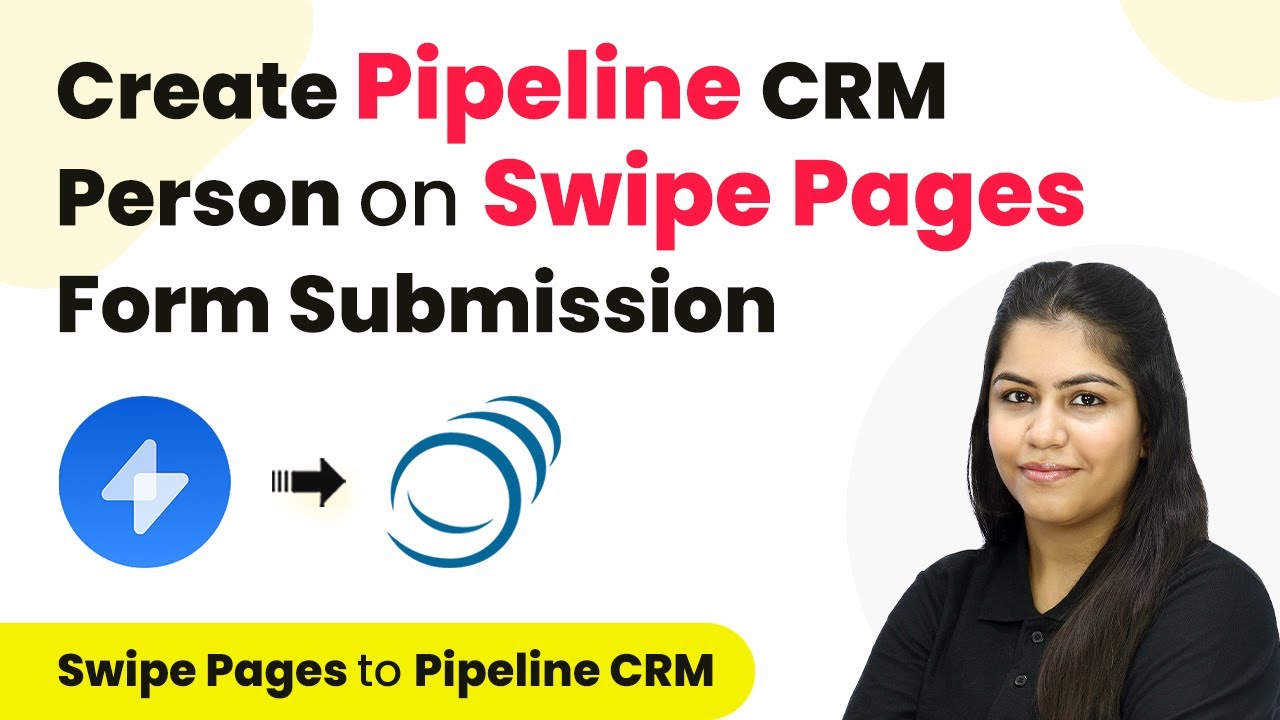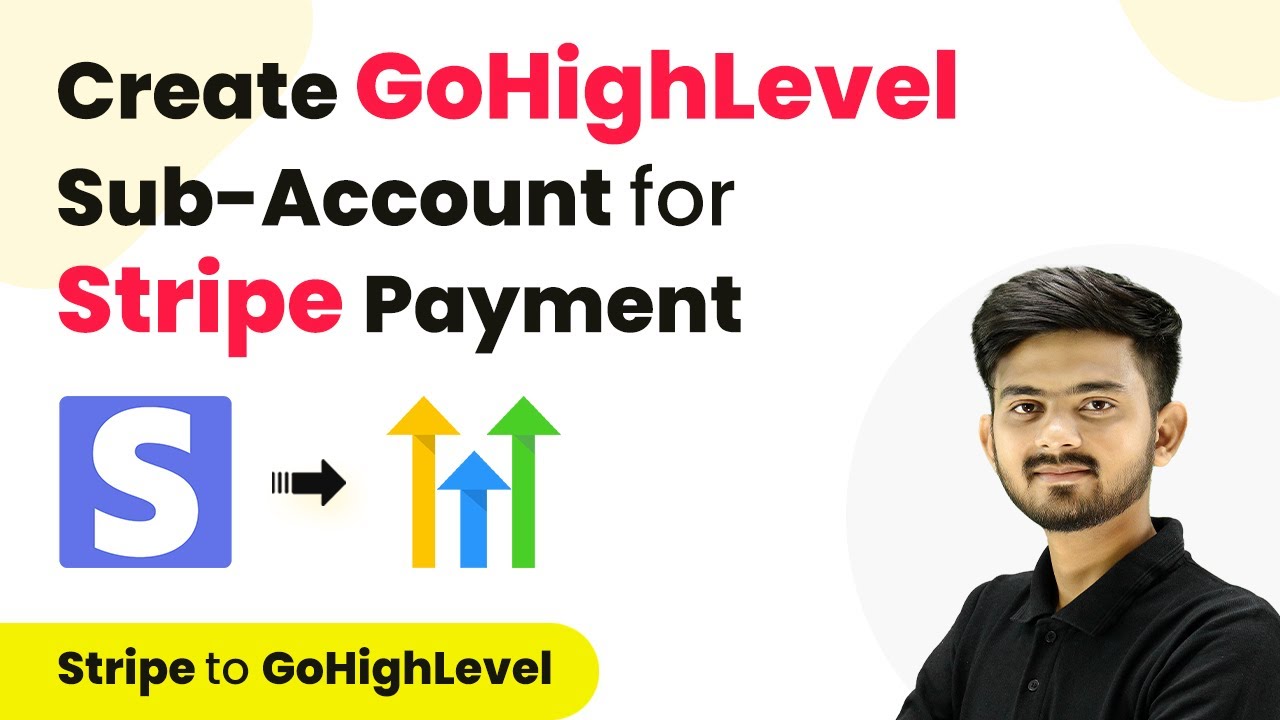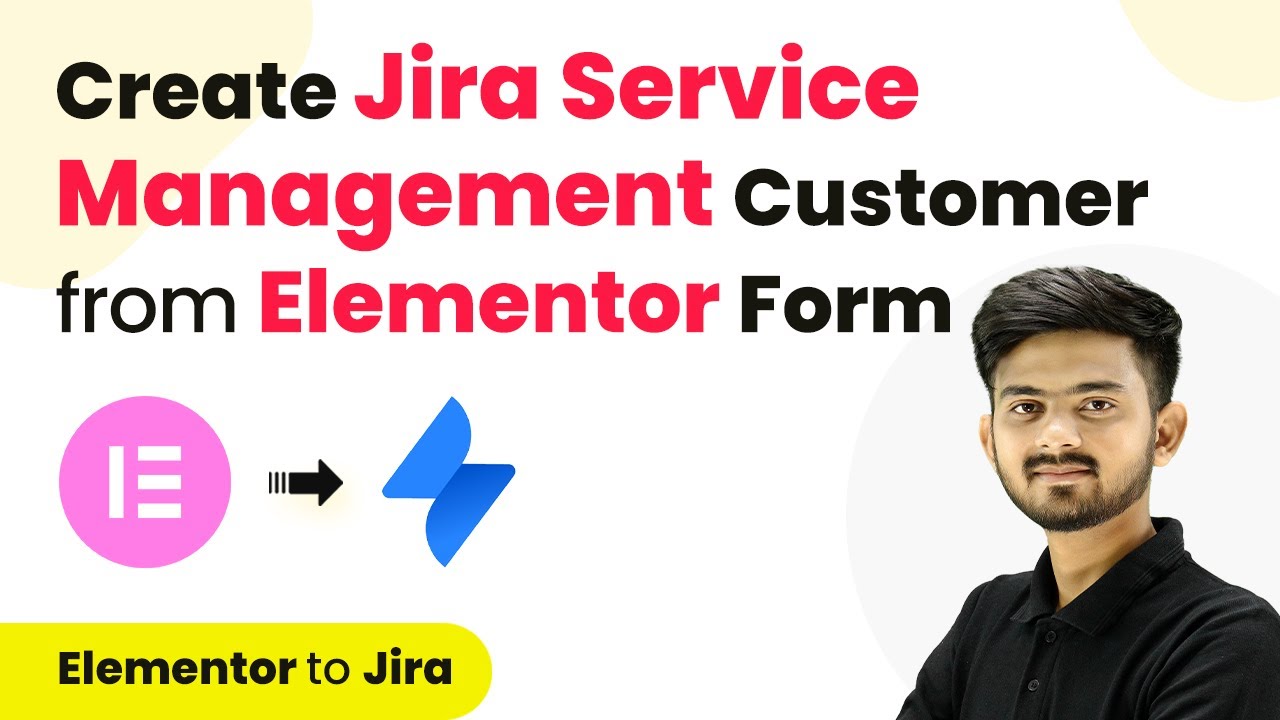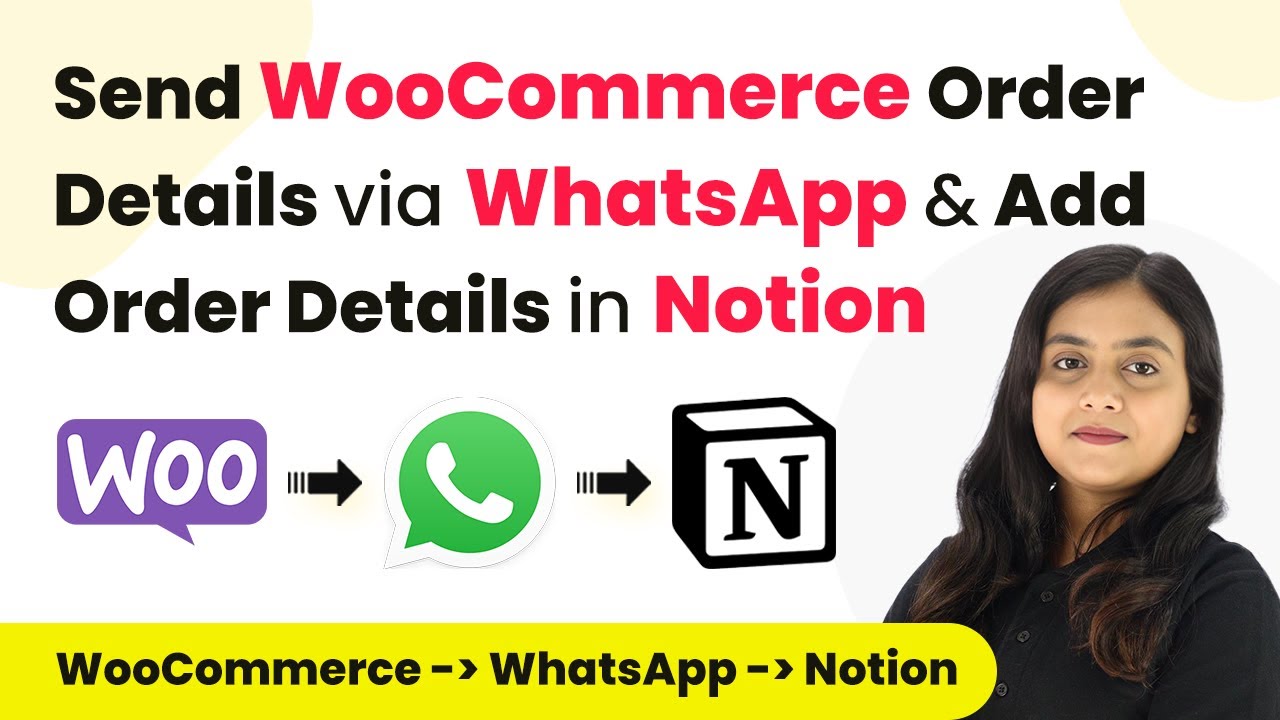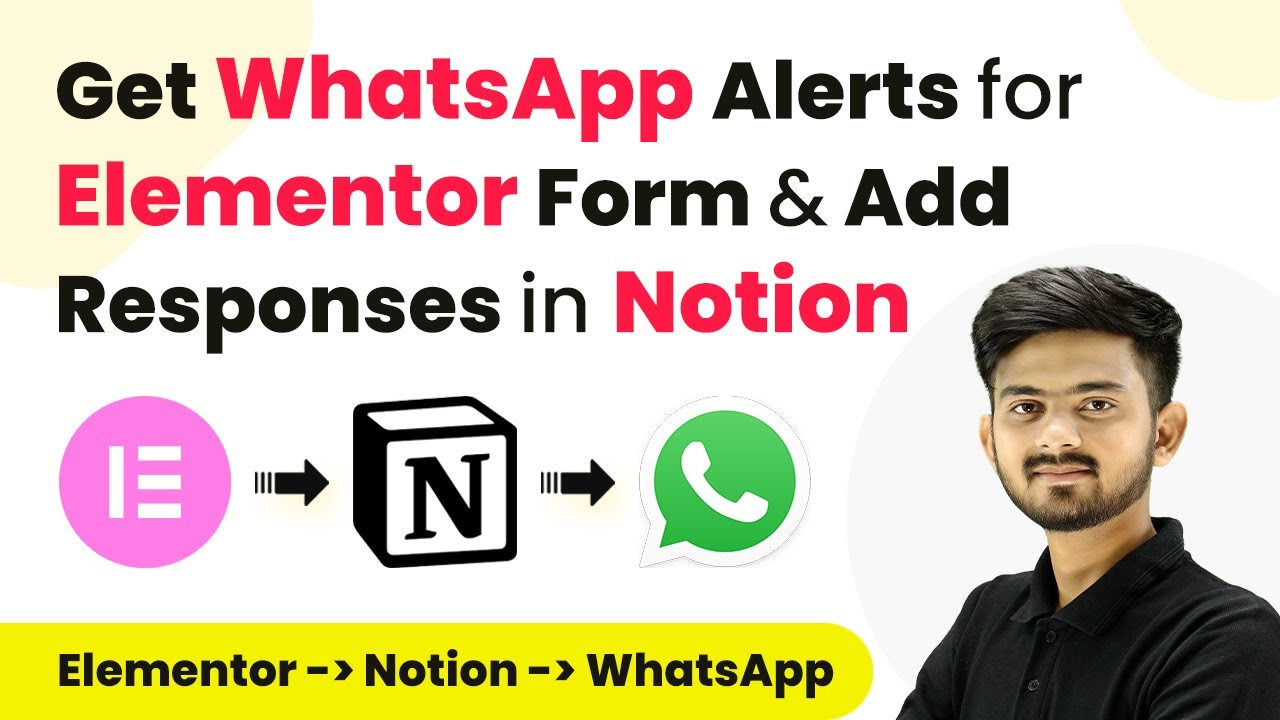Learn how to integrate Java with URL Using Pabbly Connect, and automate your processes seamlessly with our detailed tutorial. Explore efficient methods for automating routine tasks with clear, concise instructions suited for both newcomers and experienced professionals. with Pabbly Connect.
Watch Step By Step Video Tutorial Below
1. Setting Up Integration Between Java and URL
To integrate Java with URL, we first need to set up a connection Using Pabbly Connect. This integration allows us to automate tasks without coding. Begin by logging into your Make account and navigating to the dashboard. using Pabbly Connect
Next, you will create a new scenario to facilitate this integration. Follow these steps:
- Log into Make and click on ‘Create a new scenario.’
- Select Java as your first application.
- Choose the appropriate trigger event for URL.
Once your scenario is set, you will be ready to capture data from Java and send it to the URL.
2. Configuring WooCommerce for Integration
Now that we have set up the initial integration, we need to configure WooCommerce. This is essential for capturing customer purchase data. Open your WooCommerce settings via your WordPress dashboard. using Pabbly Connect
In the WooCommerce settings, navigate to the ‘Advanced’ tab. Here, you will set up webhooks to communicate with Make. Follow these steps:
- Click on ‘Webhooks’ and then ‘Add Webhook.’
- Name your webhook (e.g., ‘Java Purchase’).
- Set the status to Active and select ‘Order Created’ as the topic.
After saving the webhook, copy the provided URL from Make and paste it into the delivery URL field in WooCommerce.
3. Testing the Integration with a Sample Order
To ensure that our integration works, we need to test it with a sample order. This will allow us to verify that data is being sent correctly from WooCommerce to Make. Place a test order for a Java course using your WooCommerce store. using Pabbly Connect
After placing the order, return to Make and check for the webhook response. Here’s how to do it:
Click on ‘Run Once’ in your Make scenario. Verify that the test response appears with customer details. Check the order ID and product information to ensure accuracy.
If the response is successful, you can proceed to the next step of adding the customer to your email marketing list.
4. Adding Subscribers to Klaviyo Based on Purchases
With the integration tested, we can now automate the process of adding subscribers to Klaviyo based on the products purchased. This is essential for targeted email marketing. In your Make scenario, add an action for Klaviyo. using Pabbly Connect
Choose the action event to create a profile in Klaviyo. Here’s what you need to do:
Select Klaviyo as the action application. Map the customer email and name from the WooCommerce order. Save the action and test it to ensure the subscriber is added.
By doing this, you ensure that customers are automatically added to your email lists based on their purchases, enhancing your marketing efforts.
5. Finalizing the Integration and Workflow
Now that the integration is complete, it’s time to finalize your workflow. Make sure to review all steps and ensure everything is functioning as expected. You can rename your routes for clarity, such as ‘Java Course Purchases’ and ‘Python Course Purchases.’ using Pabbly Connect
Run a final test by placing another order and checking if the subscriber is added to Klaviyo correctly. This will confirm that your integration between Java, URL, and WooCommerce is seamless.
Once you’ve confirmed everything works, you can start using this integration to automate your email marketing. This enhances customer engagement based on their purchases.
Conclusion
This tutorial has guided you through the process of integrating Java with URL Using Pabbly Connect, alongside WooCommerce and Klaviyo. By following these steps, you can automate your marketing efforts effectively and enhance customer engagement.
Thanks for following along with this tutorial! Remember to subscribe to the channel for more helpful content like this.
If you found this guide useful, please consider giving it a thumbs up and sharing it with others who might benefit from it.
